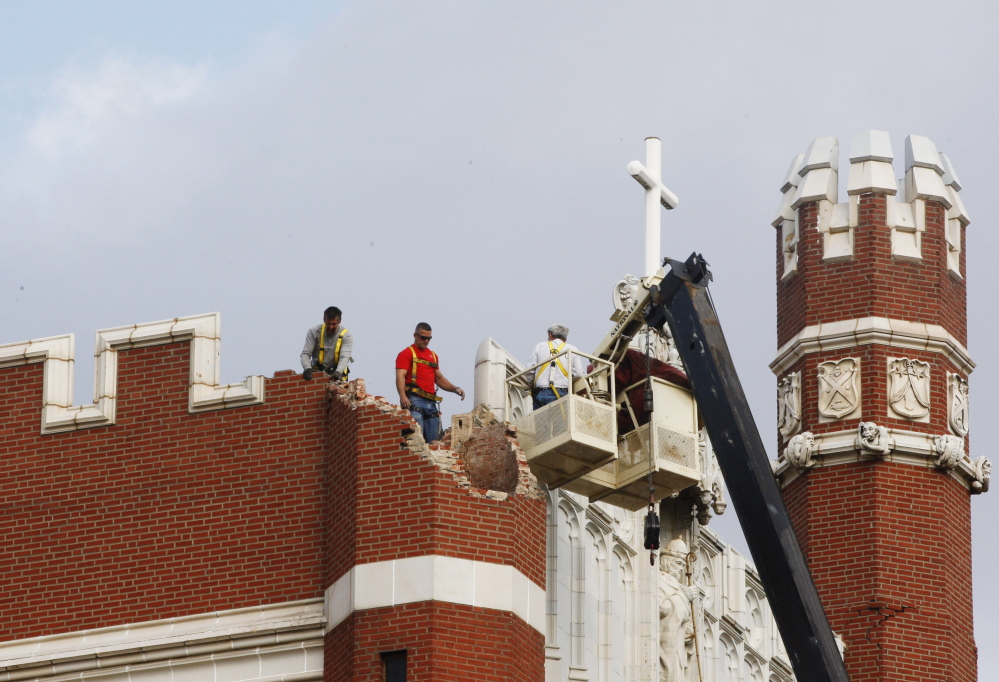SAN JOSE, California — Small earthquakes shaking Oklahoma and southern Kansas daily and linked to energy drilling are dramatically increasing the chance of bigger and dangerous quakes, federal research indicates.
This once stable region is now just as likely to see serious damaging and potentially harmful earthquakes as the highest risk places east of the Rockies such as New Madrid, Missouri, and Charleston, South Carolina, which had major quakes in the past two centuries.
Still it’s a low risk, about a 1 in 2,500 years’ chance of happening, according to geophysicist William Ellsworth of the U.S. Geological Survey.
“To some degree we’ve dodged a bullet in Oklahoma,” Ellsworth said after a presentation to the American Association for the Advancement of Science.
During the 90-minute session on human-induced earthquakes, three quakes larger than 3.1 magnitude hit northern Oklahoma. Federal records show that since Jan. 1, Oklahoma has had nearly 200 quakes that people have felt.
They are mostly in areas with energy drilling, often hydraulic fracturing, a process known as fracking. Many studies have linked the increase in small quakes to the process of injecting wastewater deep underground because it changes pressure and triggers dormant faults.
Until now, those quakes were mostly thought of as nuisances and not really threats. But Ellsworth’s continuing study, which is not yet published, showed the mere increase in the number of tiny temblors raises the risk of earthquakes that scientists consider major hazards.
Send questions/comments to the editors.



Success. Please wait for the page to reload. If the page does not reload within 5 seconds, please refresh the page.
Enter your email and password to access comments.
Hi, to comment on stories you must . This profile is in addition to your subscription and website login.
Already have a commenting profile? .
Invalid username/password.
Please check your email to confirm and complete your registration.
Only subscribers are eligible to post comments. Please subscribe or login first for digital access. Here’s why.
Use the form below to reset your password. When you've submitted your account email, we will send an email with a reset code.